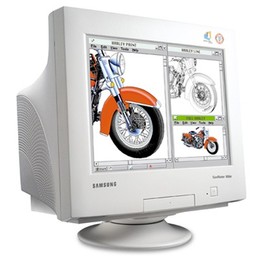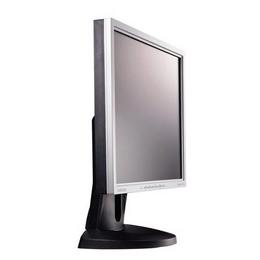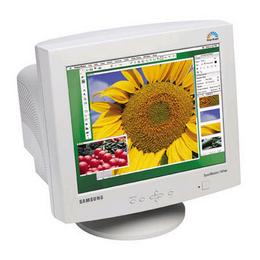Monitor Samsung SyncMaster 959NF Flat Tootekood: AQ19NSCBC Monitorid | 0 | Vaata | ||
0 | Vaata | |||
0 | Vaata | |||
0 | Vaata | |||
0 | Vaata | |||
0 | Vaata | |||
0 | Vaata | |||
0 | Vaata | |||
0 | Vaata | |||
0 | Vaata | |||
0 | Vaata | |||
0 | Vaata | |||
0 | Vaata | |||
0 | Vaata | |||
0 | Vaata | |||
0 | Vaata | |||
0 | Vaata | |||
0 | Vaata | |||
0 | Vaata | |||
0 | Vaata | |||
0 | Vaata | |||
0 | Vaata | |||
0 | Vaata | |||
0 | Vaata | |||
0 | Vaata | |||
0 | Vaata | |||
0 | Vaata | |||
0 | Vaata | |||
0 | Vaata | |||
0 | Vaata | |||
0 | Vaata | |||
0 | Vaata | |||
0 | Vaata | |||
0 | Vaata | |||
0 | Vaata | |||
0 | Vaata | |||
0 | Vaata | |||
0 | Vaata | |||
0 | Vaata | |||
0 | Vaata | |||
0 | Vaata | |||
0 | Vaata | |||
0 | Vaata | |||
0 | Vaata | |||
0 | Vaata | |||
0 | Vaata | |||
0 | Vaata | |||
0 | Vaata | |||
0 | Vaata | |||
0 | Vaata | |||



